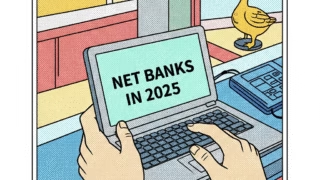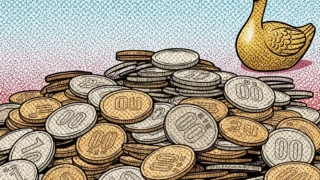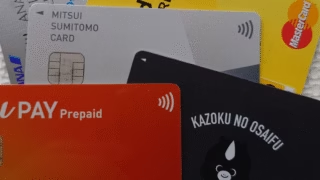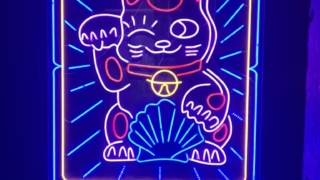 Commentary
Commentary Has Japan become poor?
Ever since the bubble in the 80s, people in Japan have been saying how they are poor now. Sure, compared with the bubble...
 Commentary
Commentary  Bank Accounts
Bank Accounts  Credit Cards
Credit Cards  Gold & Precious Metals
Gold & Precious Metals  Prepaid Cards
Prepaid Cards  Bank Accounts
Bank Accounts  Bank Accounts
Bank Accounts  Bank Accounts
Bank Accounts  Commentary
Commentary